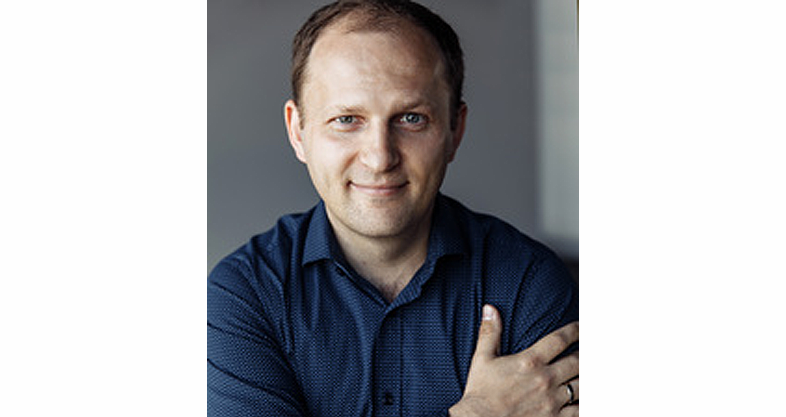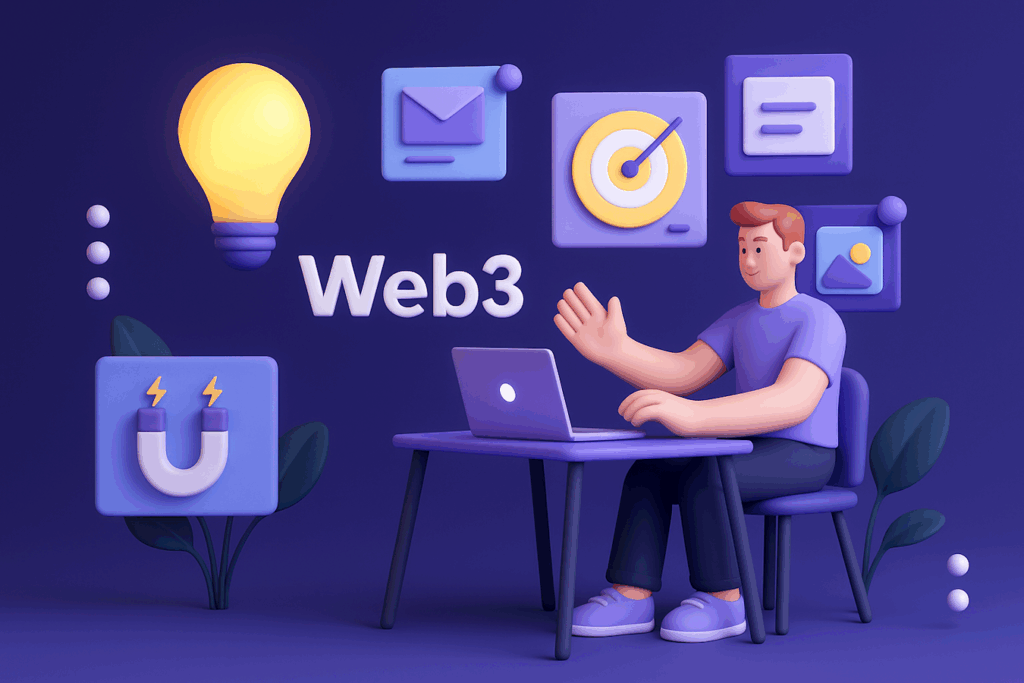share
An Interview with Leonid Morozovsky – banker, innovator, blockchain expert, and investor.
In this interview for ICODA, Leonid Morozovsky described in great detail the current trends in the cryptocurrency market, blockchain world, and decentralized finance.
What are some of the major cryptocurrency trends right now? Which topics are hot and which ones are almost gone?
From 2016 until 2018, the majority of developers were mostly focusing on the protocols and blockchain creation. Today, the new blockchains are no longer being created in such numbers as before. In fact, this particular trend is nearly gone at this point. From the moment when crypto developers realized how expensive it was to create a new blockchain, the focus slowly moved to the creation of apps. Blockchain creation requires having a huge community, a thoughtfully developed economic model, constant maintenance of liquidity of a native token which would circulate through the network, and most importantly, you would need to organize a fundraiser in order to finance all the previously mentioned activities. Thus, fundraising and ICOs became unpopular due to the number of scams in this market
Could you briefly tell what DeFi is?
Leonid:
DeFi, which stands for Decentralized Finance, is a transfer of various financial services from the traditional fiat economy to the blockchain. These financial services include lending (main projects are compound.finance, aave.com, MakerDao, etc.), decentralized exchanges (1inch.exchange, uniswap.exchange, dex.ag, balancer.exchange, etc.), synthetic assets (Synthetix), and others.
Why do people find DeFi so particularly attractive? What opportunities are opening up on this market?
Leonid:
DeFi is crypto-anarchic and this attracts a lot of users. Centralized exchanges have been around for the longest time and everyone knows how to use them, but the centralized model has a number of drawbacks: namely, in this model, if you want to log into your account at some point but your account has been blocked, you can’t do anything about it. You will not be able to access your funds at the right moment. DeFi, on the other hand, has essentially implemented the idea of a peer-to-peer decentralized model in which the users would not need to have any personal accounts with restricted access. Meaning that they would be able to freely use the provided services in the “anonymous” mode.
The crypto-anarchic concept implies that the users would no longer need to open Binance, register, and submit documents in order to trade assets. They can simply use a decentralized exchange and make a one-click transaction, which is quite convenient. A successful example of this model is Uniswap service, which took off quite quickly; They now have a fairly large volume of transactions. Just over the past month $1.5 billion went through another service called DEx and that is really impressive.
Summary – The Advantages of DeFi:
- Users don’t have to reveal their identity
- Users can exchange one asset for another one with a one-click transaction
- Users can compare different exchanges by using the aggerated liquidity that offers the best rates
Leonid:
More and more users notice these benefits, the demand increases, and as a result, the supply begins to grow further.
I see blockchain as Internet finance or Internet money. Meaning that the exchange of values, online payments, loans, deposits, financial derivatives (options and futures), etc., are very organically integrated into the blockchain world.
Which DeFi projects have an organic growth due to the income from the project itself, without any external investments?
Leonid:
First of all, these are different exchanges (uniswap.exchange, dex.ag, balancer.exchange, etc.), which began to earn on commissions. If we are talking about really famous projects that took off without any external investments made, then exchange automatically comes to mind. This is an exchange that doesn’t have its own liquidity but rather aggregates it from other exchanges. Meaning that if a user wants to trade one asset for another one, he/she can go to 1inch.exchange, indicate the number of tokens that need to be exchanged, and get an offer with the best liquidity on the market and the best exchange rate.
This happens because smart contracts on 1inch.exchange allow you to split the transaction into several parts and spread this amount across different exchanges, where the best rate is found for this exact volume. Everything is done in a single transaction without numerous conversions of one asset into another one and the endless search for the best exchange rate.
As far as I know, at the moment approximately $600 million went through 1inch.exchange.Thus, in just a year, 1inch.exchange has become a global liquidity aggregator through which you can easily buy or sell any asset for the best price, invest your money in various DeFi services and receive interest, and additionally save on gas due to a special transaction cost optimization mechanism which uses gas tokens.
How to actually understand DeFi? If I would really like to invest and earn, not just lose everything on the first day, where do I start?
Leonid:
It is difficult to monitor all DeFi services by yourself – the system is growing exponentially. That is exactly why we made a project called UniDao, which is a community of enthusiasts who have experience working with different models of governance, DAO (decentralized autonomous organizations), and DeFi services. The idea is as follows: when a new person comes to this market, he/she can quite quickly realize how difficult it is to understand what’s going on there. There is a huge number of models and services that are all interconnected in one way or another.
Moreover, it is important to check how carefully the audit of smart contracts was carried out so that the possibility of hacking would be completely eliminated. For example, the bZx service was hacked through a smart contract attack, and as a result, the users lost almost all their funds. Another example is dForce, where a hacker stole around $25 million.
There are a lot of models and strategies for earning in DeFi: supplying liquidity, arbitrage, earning on governance tokens, stablecoin-based liquidity, creating your own exchange, automatic trading, etc. The only differences from centralized exchanges are the full transparency and reliance on the smart contract. This is why DeFi attracts more and more new players and users.
UniDao was designed to analyze different DeFi services and come up with strategies for the newcomers that would like to find an optimal risks/benefits approach and understands the essential basics of DeFi services. But we didn’t stop on that, we went further and created the possibility for the users to throw in some money and entrust its management to the collective voting system, where several participants vote with their tokens inside.Everything is absolutely transparent, and you can see who is giving which vote. Funds are placed in a particular service depending on the decision made.
We believe that this model will become especially popular when different retail investors are ready to take advantage of DeFi but are not able to understand how it all works, and therefore, need some kind of guide on all the aspects of the market from those who have a hands-on experience.
What is the market size of DeFi now? What are the growth prospects?
Leonid:
If we’re talking about the number of users, then there are about 50,000 of them right now. The market volume is about $2 billion, which means that we are at the very beginning of the journey. This is obviously a drop in the ocean when compared with the Fintech market or traditional finance. Nevertheless, DeFi is already showing exponential growth through projects like compound, maker dao, curve.fi, and 1inch.exchange. I guess we should just wait and see what happens!








